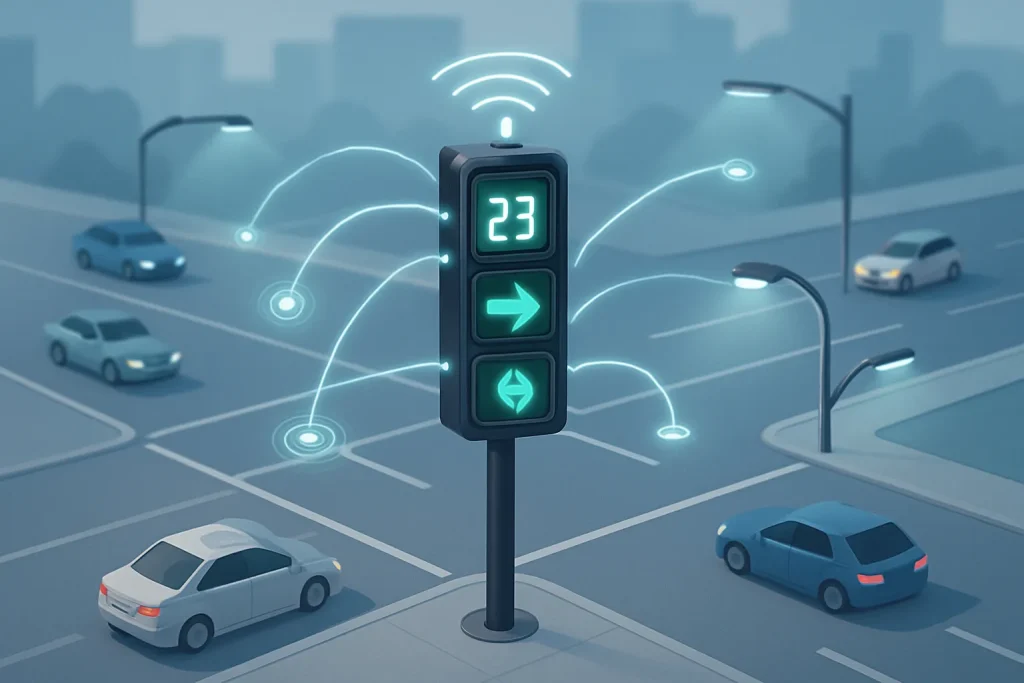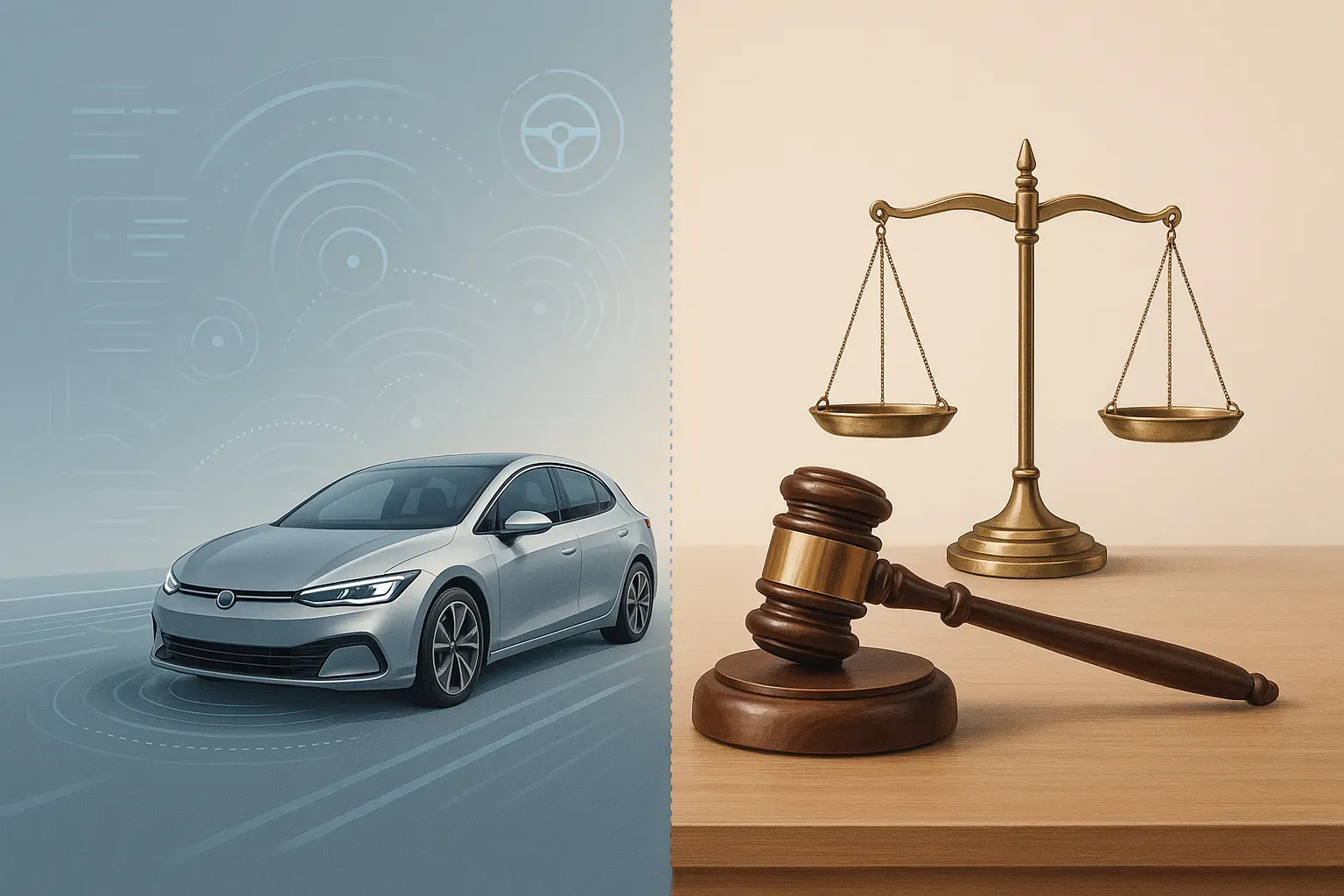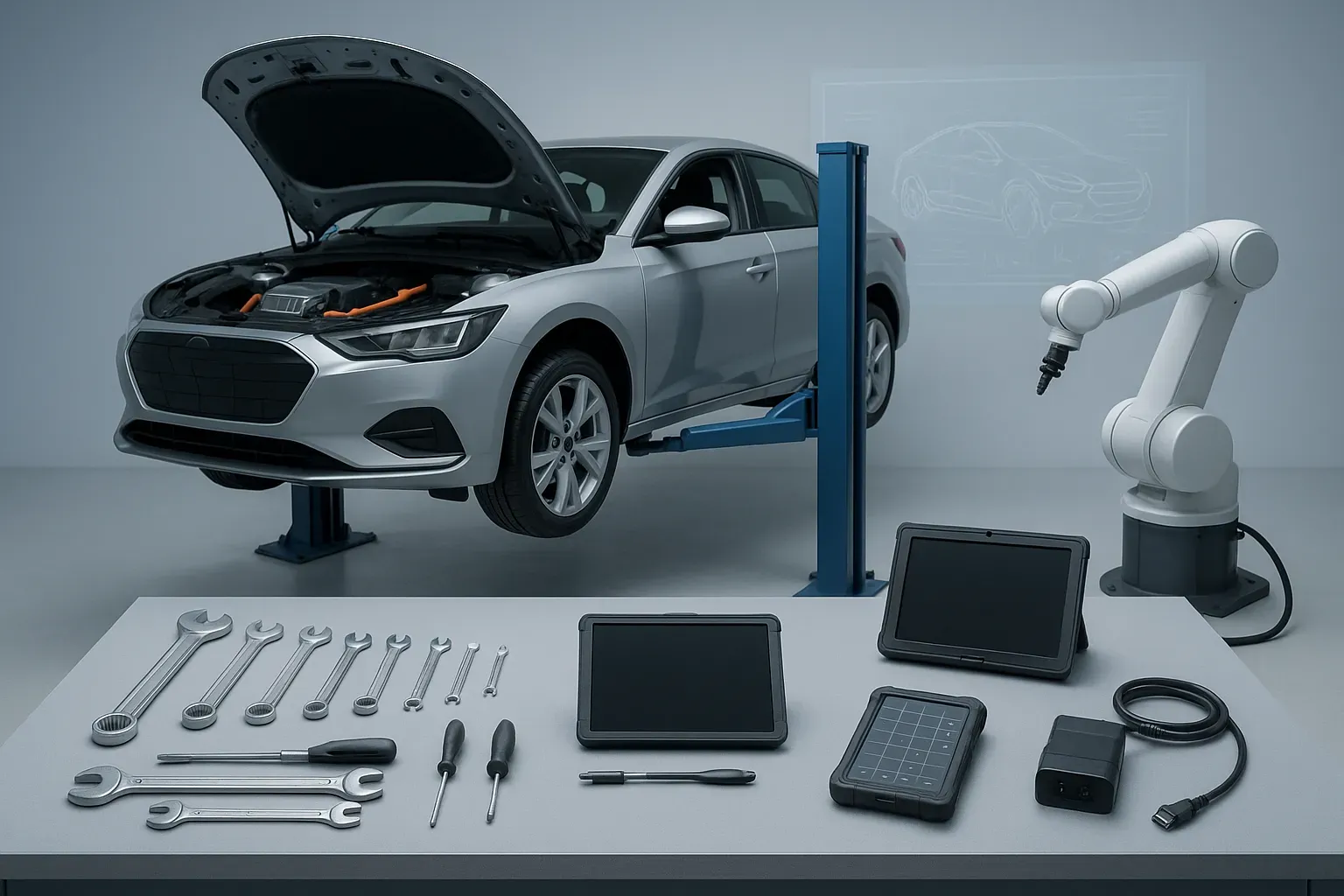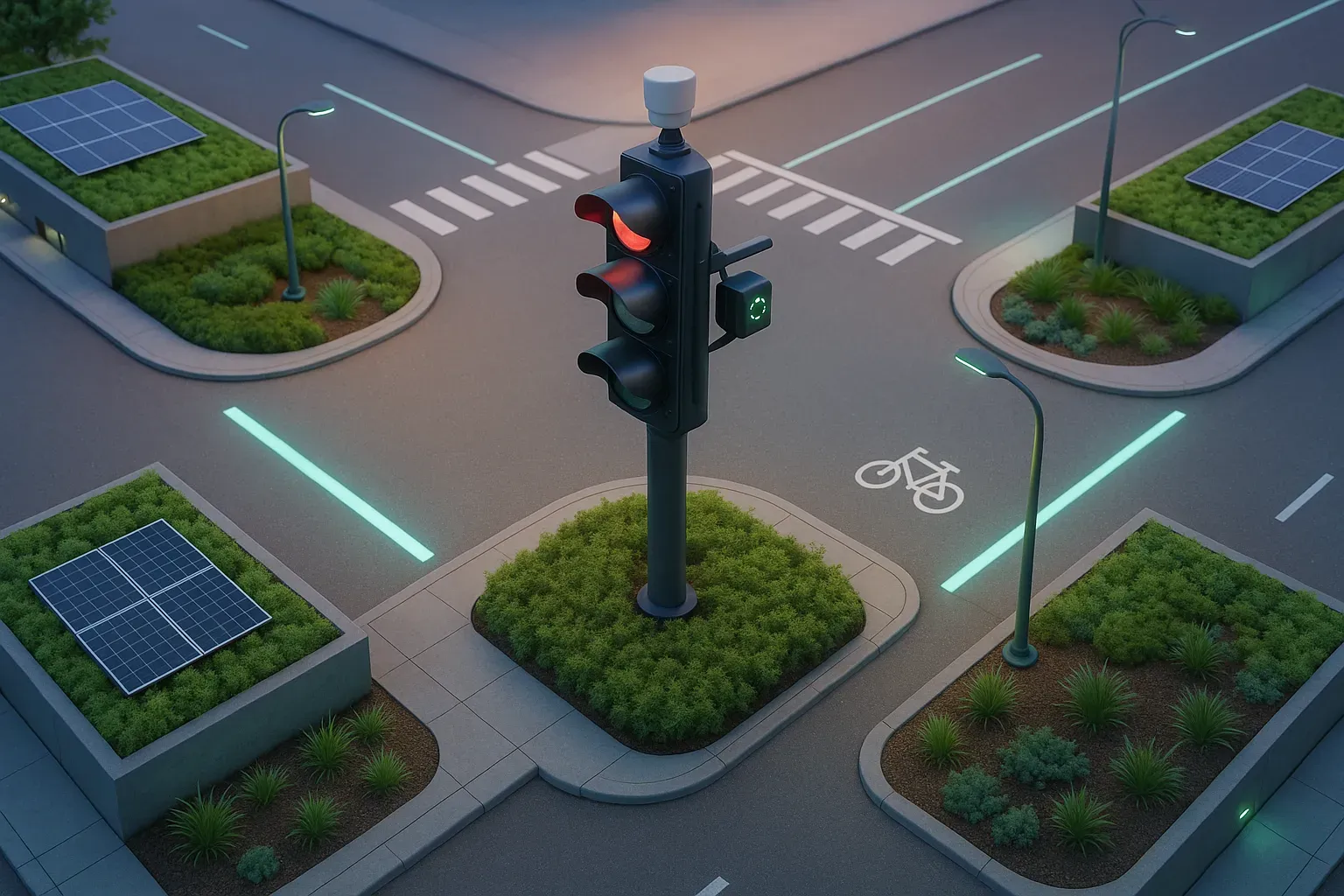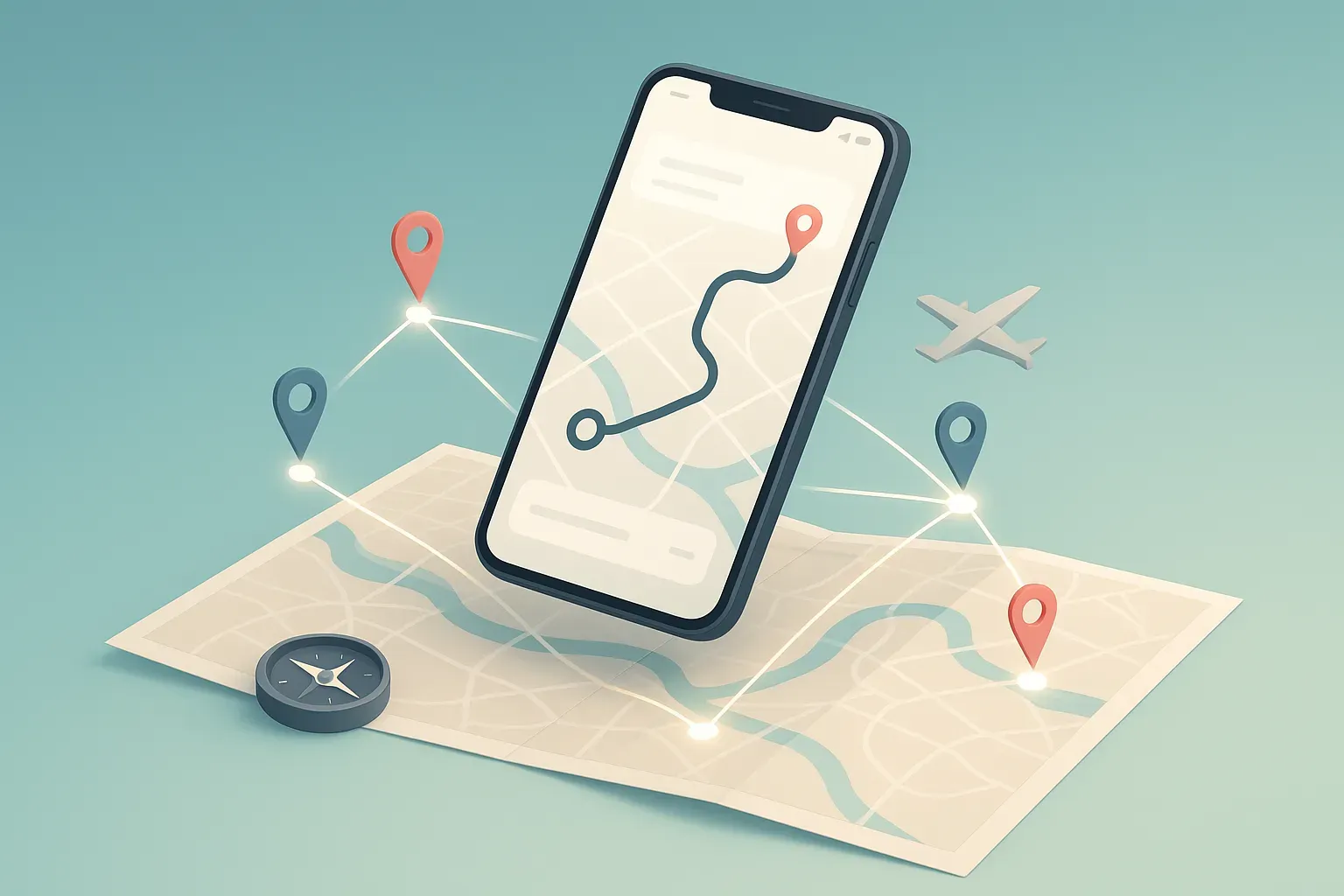Traffic congestion is a global challenge, but innovative solutions are emerging worldwide. This article explores real-world examples of smart technologies tackling urban gridlock. Drawing on insights from industry experts, we’ll examine how cities are implementing creative strategies to improve traffic flow and enhance urban mobility.
- Mexico City’s Cablebus Eases Congestion
- Smart Signals Boost Emergency Response Times
- Intelligent Weigh Stations Streamline Freight Transport
- LA’s Adaptive Traffic Lights Reduce Travel Time
Mexico City’s Cablebus Eases Congestion
Mexico City has established Cablebus as a smart infrastructure system, which began in 2021 to connect low-income areas to metro and bus services through aerial gondola transportation. The city integrated the gondola payment system with its smart-card network to provide quick electric transportation that reduces street congestion in densely populated areas. A daily average of 45,000 people use Line 1, which shortens their travel times and improves their access to employment opportunities and essential services. The project demonstrates how smart technology implementation alongside strategic planning improves traffic management while decreasing pollution and creating social opportunities for all residents.
 Sebastian Garrido
Sebastian Garrido
Digital Marketing Manager, Vibe Adventures
Smart Signals Boost Emergency Response Times
Smart infrastructure solutions that prioritize commercial vehicles during off-peak hours have proven to be the most effective I’ve seen, significantly reducing response times for emergency services and commercial operations. This system uses sensors to detect larger vehicles and extends green light durations, preventing heavy trucks from getting stuck at multiple red lights during the same route.
Our towing operations benefited directly when the city implemented smart traffic management along our primary response corridors. Previously, our average emergency vehicle pickup time was 45 minutes due to traffic delays, but the adaptive signal system reduced this to 32 minutes by maintaining traffic flow for commercial vehicles. This 13-minute improvement allowed us to handle 25% more service calls daily while reducing fuel costs by $800 monthly from less time idling at red lights.
The broader impact extends beyond individual businesses because faster commercial vehicle movement improves overall traffic flow for all drivers. Emergency responders reach accident scenes quicker, delivery trucks complete routes more efficiently, and service vehicles like ours can clear disabled cars from roadways faster. The system creates compounding benefits where improved commercial traffic flow reduces congestion that benefits every road user, demonstrating how smart infrastructure investments generate economic returns across multiple sectors simultaneously.
 MARC SKIRVIN
MARC SKIRVIN
President, Cash Auto Salvage
Intelligent Weigh Stations Streamline Freight Transport
From our experience as a truck driving school, one of the most exciting infrastructure changes we’ve seen is the addition of intelligent weigh station systems along major freight transportation routes. They use sensors and automated screening technologies to pre-clear trucks that adhere to all weight and safety requirements. Weigh stations can cause huge bottlenecks, with drivers waiting for hours to get through. Smart weigh stations allow many truck drivers to bypass traditional stops, saving time for them as well as those who still need to stop because the lines are shorter. For our trucking graduates, the outcomes go beyond convenience — it can result in faster delivery times and lower fuel consumption as well.
 Lauren Gast
Lauren Gast
Marketing Director, Truck Driver Institute
LA’s Adaptive Traffic Lights Reduce Travel Time
There are a number of highly effective examples, including one in Los Angeles. It replaced over 4,500 traditional traffic lights with smart ones that automatically adjust in real time based on traffic flow. Instead of lights operating on fixed timers, they are adjusted based on what’s occurring on the streets — i.e., if there’s congestion, they will have more green lights to clear congestion more efficiently.
So, what were the findings? Travel time decreased by just over 12%, and stop-and-go episodes dropped, which also lowers emissions. It’s not magic, but when you have technology reacting to real-life traffic instead of a fixed schedule, it makes a big difference, especially in consistently busy cities like L.A.
 Alice Coleman
Alice Coleman
Head of Public Relations, Auto Expert, EpicVIN

